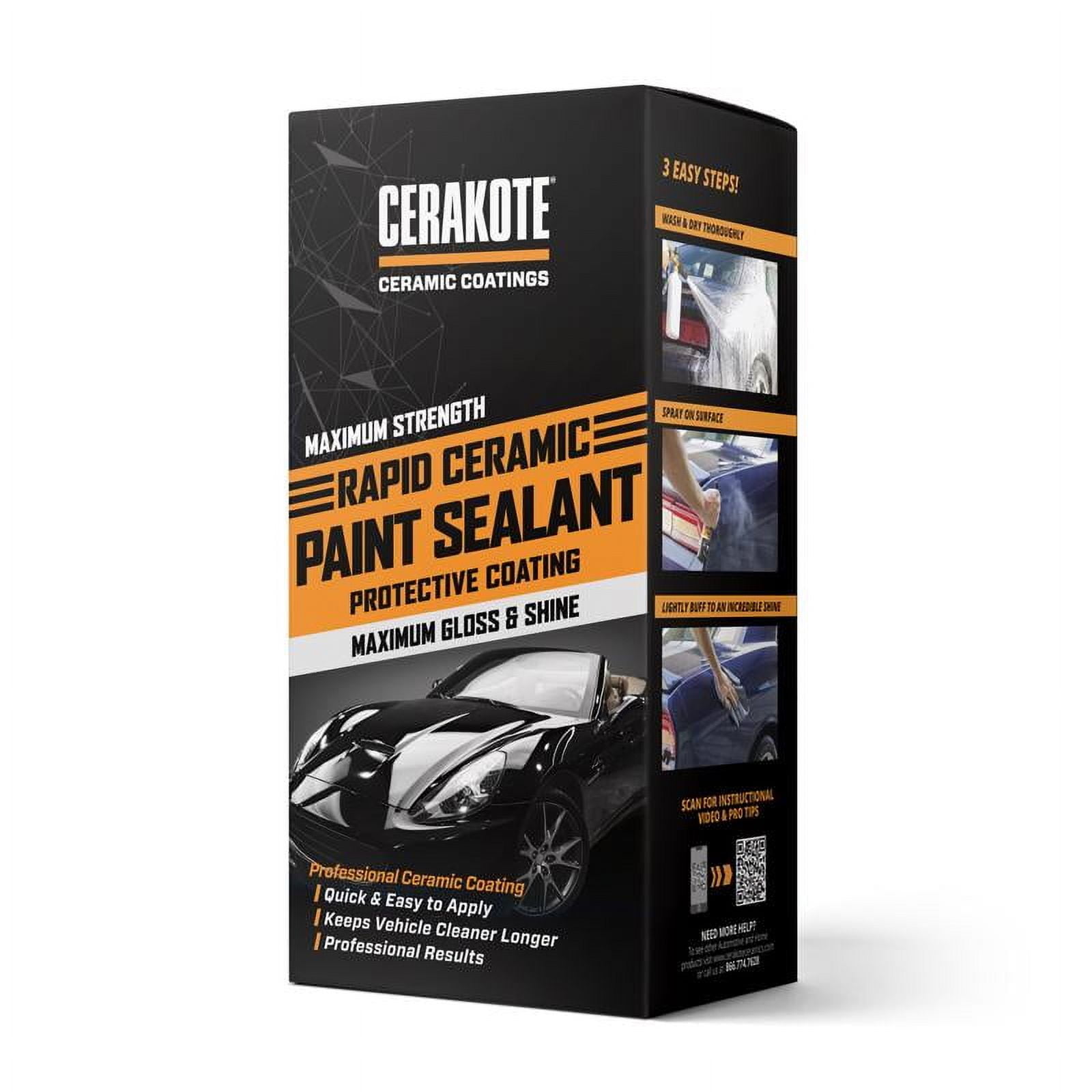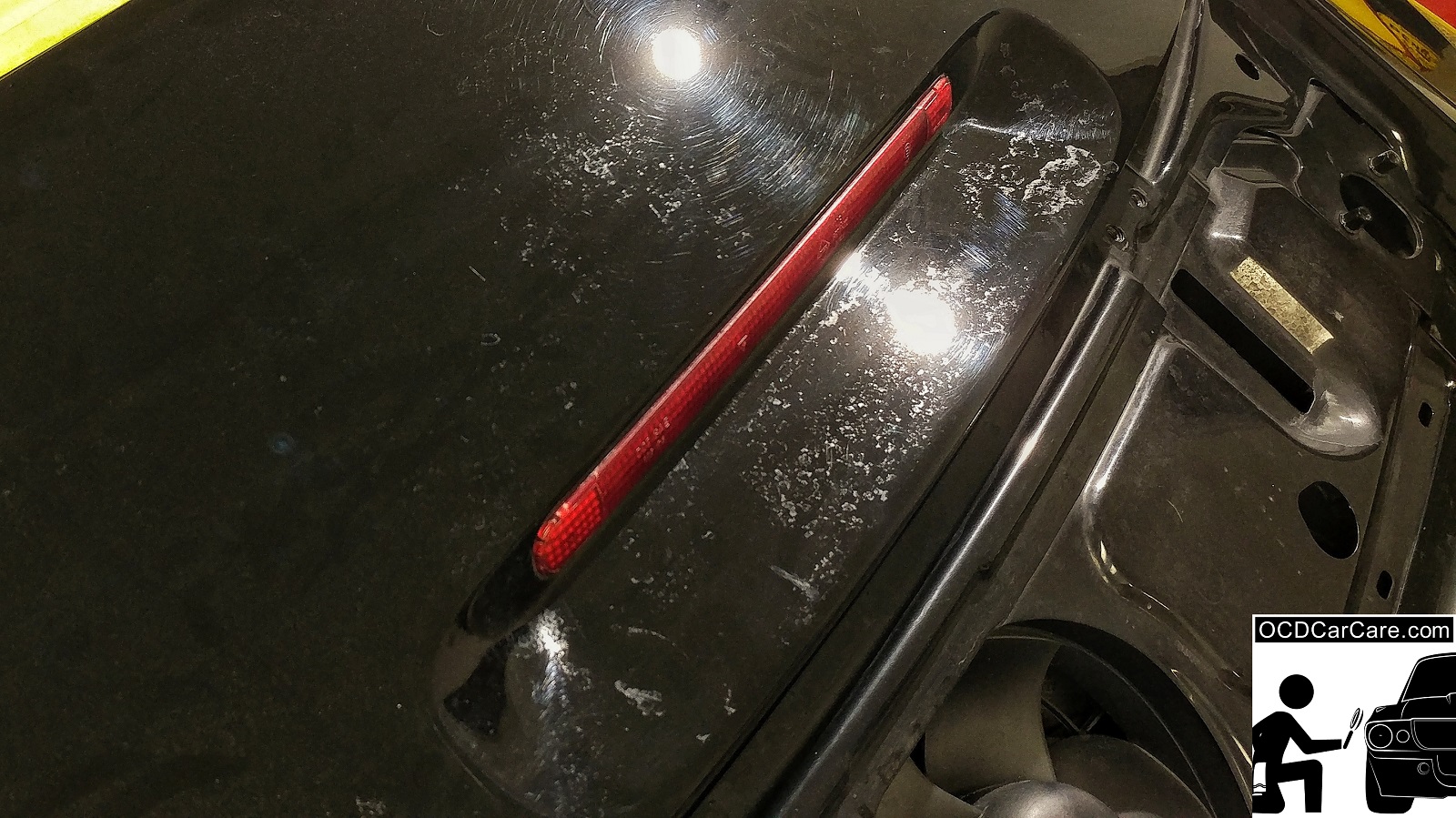Why Ceramic Covering Is the Ultimate Remedy for a Flawless Finish
Ceramic coating has actually arised as a leading remedy for those looking for a perfect coating for their cars, thanks to its exceptional longevity and protective attributes. This advanced fluid polymer not just bonds seamlessly with manufacturing facility paint but additionally supplies a formidable barrier versus usual threats such as scrapes, UV rays, and toxic wastes. In addition, its hydrophobic properties streamline upkeep while boosting aesthetic charm. Understanding how this innovation compares to conventional techniques and exploring its application subtleties can expose also a lot more regarding its value. What aspects really set ceramic coating apart?
What Is Ceramic Coating?

When used appropriately, ceramic finish creates a hydrophobic surface that pushes back water and dirt, making it much easier to maintain and cleanse. Unlike standard waxes or sealants, which commonly supply temporary defense, ceramic finishes can last for numerous years, depending on the item high quality and application method. The procedure of applying ceramic layer needs meticulous preparation, consisting of comprehensive cleaning and often paint adjustment, to make sure ideal bonding and effectiveness.
Ceramic finishes are not limited to vehicle surfaces; they can likewise be utilized on various products, including glass, steel, and plastics, giving a functional service for boosting protection. Overall, ceramic covering represents a considerable innovation in surface area security modern technology, combining both aesthetic and useful advantages for a vast range of applications.
Advantages of Ceramic Covering
While numerous surface area security options exist, the advantages of ceramic finish stand apart due to its unique residential properties and durable efficiency. One of the main advantages is its extraordinary sturdiness. Ceramic Coating Philadelphia. Unlike conventional wax or sealants that require frequent reapplication, ceramic coatings give a resilient layer that can last for several years, dramatically minimizing maintenance efforts
One more noteworthy advantage is improved defense against ecological pollutants. Ceramic coverings produce a hydrophobic surface area that drives away water, dirt, and different toxins, making it easier to clean up. This function not only maintains the automobile's look however likewise minimizes the risk of deterioration and oxidation, particularly in rough climate problems.
Additionally, ceramic coverings offer exceptional resistance to UV rays, stopping fading and degradation of paint gradually. This UV security is crucial for preserving the aesthetic worth of surface areas and cars revealed to guide sunlight.
Furthermore, the shiny finish attained with ceramic finishing enhances the general aesthetic charm, offering surfaces a showroom-quality sparkle. On the whole, ceramic coatings represent a significant development in surface area security modern technology, supplying long-lasting advantages that satisfy both useful and visual needs.
How It Functions
Recognizing the science behind ceramic coverings discloses just how they supply such remarkable security and longevity. At its core, a ceramic layer is a fluid polymer that chemically bonds with the automobile's factory paint. This bonding produces a safety layer that is both oleophobic and hydrophobic, repelling water, dirt, and oil. The primary part of a lot of ceramic finishings is silicon dioxide (SiO2), which is stemmed from quartz. This compound adds to the finish's firmness and resistance to scrapes, UV rays, and environmental impurities.
The application procedure includes numerous actions, consisting of surface area prep work, which is essential to attaining optimal attachment. Once applied, the coating undergoes a curing procedure, throughout which it hardens and forms a semi-permanent bond with the paint surface. This bond is what differentiates ceramic layers from typical waxes and sealers, providing a longer-lasting safety barrier that can sustain for many years.
Moreover, the density of the finish can enhance its protective qualities, ensuring that it can endure rough conditions. Eventually, the science of ceramic coatings integrates innovative materials with ingenious application techniques to provide an unequaled level of protection and aesthetic improvement for automobiles.
Comparison With Standard Techniques
When contrasted to typical paint protection techniques such as waxes and sealants,The Related Site advantages of ceramic finishings come to be especially apparent. While waxes use a temporary luster, normally lasting a couple of weeks to a couple of months, ceramic finishings provide a long-lasting safety layer that can sustain for a number of years. This durability substantially minimizes the regularity of reapplication, making ceramic layers a much more cost-effective service in time.
Additionally, typical techniques frequently call for substantial prep work and numerous applications to achieve an adequate level of defense. In contrast, ceramic finishes bond at a molecular level with the car's surface, developing a robust guard against environmental contaminants like UV rays, acid rain, and roadway salts. This bond improves the automobile's resistance to scratches and swirl marks, which prevail with standard waxes and sealers.
Furthermore, the hydrophobic buildings of ceramic coatings ward off water and dust, leading to easier cleansing and maintenance. On the other hand, wax and sealant-treated surfaces can draw in gunk, necessitating more regular washing - Ceramic Coating Philadelphia. Overall, ceramic coverings not only supply exceptional defense yet likewise provide an extra long-lasting and aesthetically enticing coating, establishing them as the favored selection for visit their website critical car proprietors
Application and Maintenance Tips

Making use of a foam applicator, apply the covering in small areas, following the supplier's guidelines regarding thickness and overlap. Permit sufficient treating time between layers, normally 24 hr, to ensure correct bonding. After application, it is essential to prevent direct exposure to water or severe components for at the very least a week to allow the layer to totally heal.
For maintenance, wash the lorry routinely with pH-balanced soaps and prevent abrasive products. Touchless automobile cleans are recommended to lessen scraping. Additionally, utilizing a ceramic upkeep spray can enhance the coating's hydrophobic properties published here and durability. Normal inspections for any kind of signs of wear will certainly help keep the finishing's stability and maintain that immaculate finish.
Final Thought
In verdict, ceramic finish arises as a superior option for accomplishing a flawless automotive coating. By creating a robust bond with factory paint, ceramic covering successfully guards against scratches, UV rays, and ecological contaminants.
